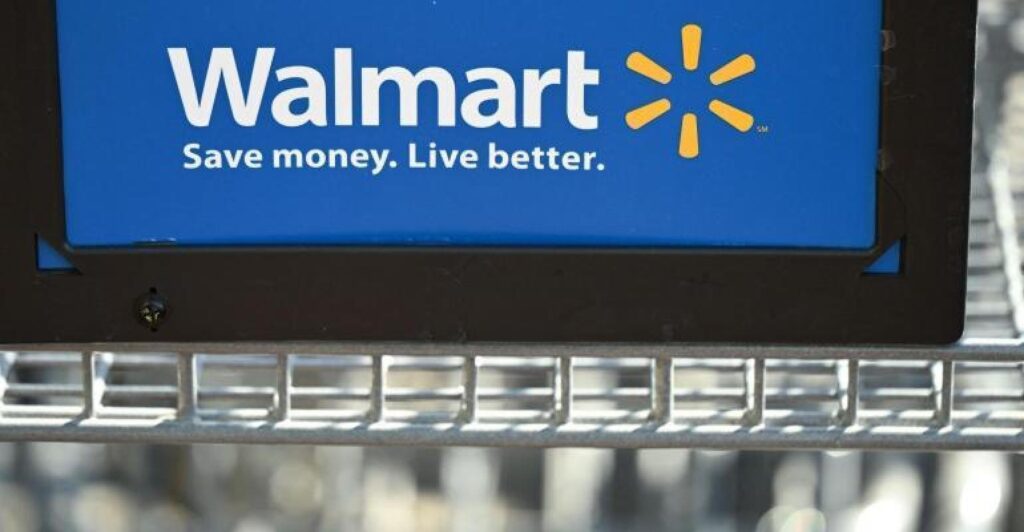Another strong quarter has Walmart excited for the rest of fiscal year 2025, so much so that the mass retailer upped its earnings projections for the rest of the way.
For the second quarter of 2025, Walmart’s consolidated revenue came in at $169.3 billion, a 4.8% year-over-year increase.
In the U.S., net sales were over $115 billion, which is a 4.1% bump compared to a year ago. Comparable sales, excluding gas, increased by 4.2%, while transactions (3.6%) and average ticket (0.6%) were also up.
Ecommerce sales showed a 22% increase year over year, led by store-fulfilled pickup and delivery, and Walmart Connect advertising sales grew 30%.
“Each part of our business is growing,” Doug McMillon, president and CEO of Walmart, said during the earnings call. “Store and club sales are up, ecommerce is compounding as we layer on pickup and even faster growth in delivery as our speed improves.
“Our newer businesses like marketplace, advertising, and membership are also contributing, diversifying our profits, and reinforcing the resilience of our business model.”
Walmart’s projections are growing as well. Consolidated net sales for the third quarter now stand at an increase between 3.25% and 4.25%, and consolidated operating income is expected to grow 3% to 4.5%.
For all of 2025, Walmart increased its projection in consolidated net sales from the 3% to 4% range to 3.75% to 4.75%. Consolidated adjusted operating income, which was originally expected to increase from 4% to 6%, is now set at 6.5% to 8%.
On the Sam’s Club side, U.S. net sales were $22.9 billion, a 4.7% year-over-year increase. Net sales excluding fuel were $20 billion, a 5.5% gain, and comparable sales excluding fuel were 5.2% more year over year.
Transactions were up 6.1% compared to Q2 2024, but the average ticket was down slightly at 0.8%.
Food and health & wellness provided kick for comparable sales, and ecommerce sales were up 22% year over year.
Membership income increased 14.4% year over year with a record total membership and Walmart Plus penetration.
Walmart has made a big push on the technology side over the last couple of months.
A couple of weeks ago, the Bentonville, Ark.-based retailer announced it was partnering with Denali and will roll out depackaging services that can help improve the food waste recycling process at more than 1,000 Walmart and Sam’s Club locations nationwide.
The depacking tech aims to help drive operational efficiencies for Walmart associates and, based on early testing, has increased the volume of potentially reusable organic content recovered from participating Walmart and Sam’s Club locations by more than 60% and reduced compactor trash by 12%.
In July, a 730,000-square-foot perishable Walmart distribution center opened in Lancaster, Texas. It is Walmart’s second of five high-tech centers now open. Technology allows for more than double the processing volume compared to a traditional distribution center.
The Lancaster facility is one of four highly automated perishable distribution centers Walmart will be powering up across the country, and the retailer will also be adding automated tech to five other existing centers.
The tech includes an automated storage system nearly 80 feet tall in a temperature-controlled environment and will help build pallets that are engineered to optimize efficiency for merchandising at the store level.
In June, Walmart announced it would be working with Agritask, a crop supply intelligence company, on a pilot project aimed at finding a tech solution geared to enable sourcing managers to make more well-informed decisions on seasonal fruit crop yields.


